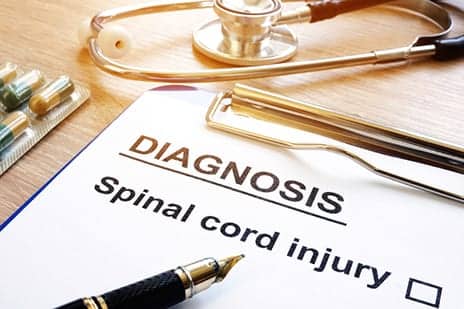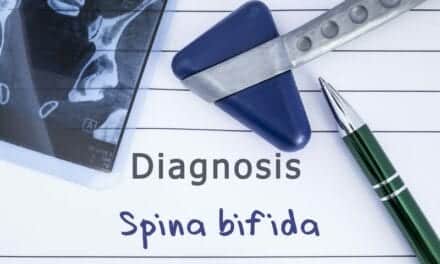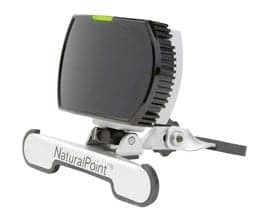A specific type of neuronal feedback from sites below a spinal cord injury plays a crucial role during early recovery and for maintaining regained motor functions, implicating the continued use of affected body parts for rehabilitative success in spinal cord injury patients.
“Following spinal cord injury, disrupted neuronal pathways can no longer provide sufficiently strong signals to the spinal networks below the injury, often leading to permanent and devastating motor impairment,” explains prof Aya Takeoka from NERF (NeuroElectronics Research Flanders), an interdisciplinary research center empowered by VIB, KU Leuven and imec.
Her lab studies the mechanisms of motor learning and control, including how motor functions recover after injury.
“Incomplete injuries, where only part of the neuronal connections are damaged, frequently recover spontaneously,” adds Takeoka, in a media release from VIB (the Flanders Institute for Biotechnology).
“We know that activating a very specific type of sensory feedback pathway plays a crucial role during rehabilitative training, promoting the formation of detour circuits. Understanding this process in more detail can help us design rehabilitation strategies with maximal benefit for spinal cord injury patients.”
One type of so-called somatosensory feedback is proprioception, which entails the unconscious perception of self-movement and body position through nerve cells that are located in close proximity of the spinal cord and can detect muscle stretch.
To learn more about where and when proprioceptive feedback affects locomotor recovery after injury, Takeoka devised a conditional genetic approach to eliminate this type of feedback at different locations and time points in mice. Using these models, she showed that proprioceptive feedback below but not above the site of injury is critical for naturally occurring circuit rearrangement and locomotor recovery.
Her study was published recently in Cell Reports.
“We found a central role for so-called proprioceptive afferents, nerve fibers which signal proprioceptive information back to the spinal cord,” Takeoka continues. “Afferents below the lesion undergo specific rearrangements soon after injury, and without them regained motor function cannot be maintained, even if detour circuits have formed.”
In short, proprioceptive feedback is not only essential to initiate locomotor recovery but it is also permanently required to maintain any regained motor function.
Takeoka notes that these findings can inform rehabilitation practices for patients as well.
“The fact that proprioceptive feedback, specifically from below the site of injury, is so important, suggests that task-specific rehabilitative training that emphasizes such feedback is likely to maximize functional outcomes in rehabilitation clinics,” she concludes.
[Source(s): VIB (the Flanders Institute for Biotechnology), Science Daily]





